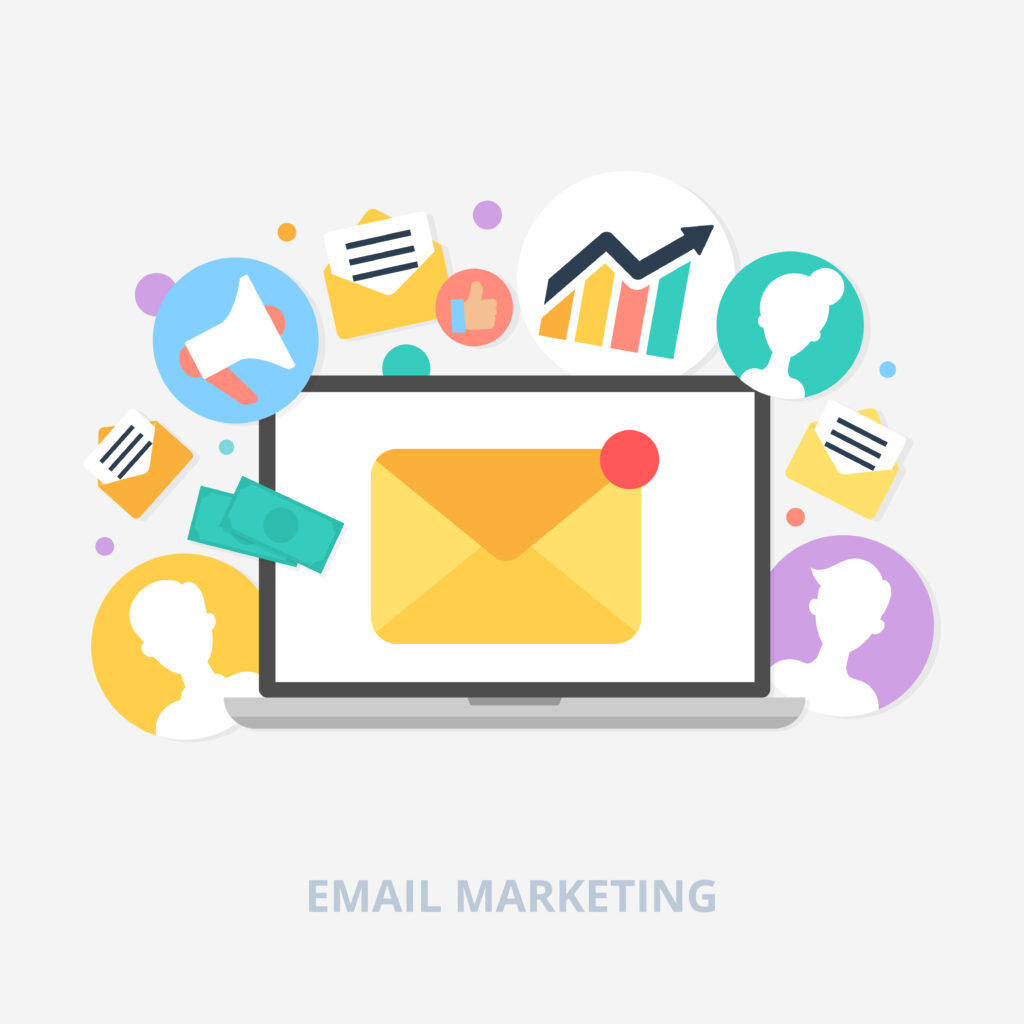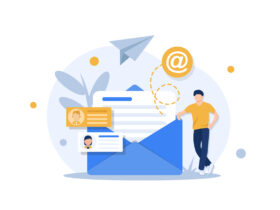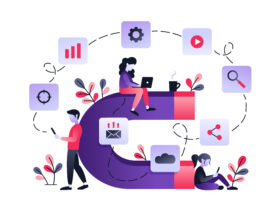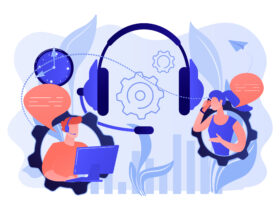Email marketing is one of the most powerful ways to build and connect with an audience.
With email, you’re not beholden to trying to rank your website high or having to spend tons of money on 3rd party advertising platforms. Instead, you’re building a list that gives you direct access to those who want to hear what you have to say.
Email marketing is actually easy to get into once you overcome some of the basic hurdles.
In this guide, you’ll learn:
- What is email marketing?
- Benefits of using email for marketing
- How to create an email list
- Email marketing content ideas and strategies
- Scaling your email marketing efforts
Let’s get into it.
What is email marketing?
Email marketing is a way to connect with an audience by using email as a medium. It can be used to promote a product or service, or to simply keep in touch with customers and subscribers. Email marketing can be a very effective way to reach an audience, and it’s relatively easy to get started.
The simplest way to think of email marketing is this:
Email marketing lets you share news, insights, and information with your audience through email after they’ve opted into your list. This permission-based marketing creates a stronger engagement because subscribers are enthusiastic about what they will receive.
If you can create great content (like you would via blogging) then you can create great content for your email campaigns. All that’s needed is a few tweaks.
Benefits of using email for marketing
There are many benefits to using email for marketing, including:
Direct access
With email, you’re not beholden to trying to rank your website high or having to spend tons of money on 3rd party advertising platforms. Instead, you’re building a list that gives you direct access to those who want to hear what you have to say.
Email is personal
Email is a very personal medium, and people are generally more receptive to emails than they are to other forms of marketing. This makes it an ideal way to build relationships with customers and subscribers.
Email is affordable
Email marketing is one of the most affordable ways to reach an audience. You can get started with a very small budget, and scale your efforts as needed.
Track results
With email marketing, you can track how many people open your emails, click on the links, and take other actions. This helps you to gauge the effectiveness of your email campaigns and make necessary adjustments.

How to create an email list
Your email list is the first step in leveraging email marketing.
We recommend you create an experimental list when starting so that you can test features and learn the platform. Then, after you’ve got a hand on how it all works, you can then roll out the email opt-in and list building efforts at scale.
To get a start with building an email list — follow these steps:
- Choose a platform: The first step is to choose a platform to use for your email list. There are many options available, but some of the most popular ones include AWeber, MailChimp, and ConvertKit.
- Create an account: Once you’ve chosen a platform, you’ll need to create an account by providing your name, email address, and password.
- Add your contact information: Next, you’ll need to add your contact information including your company name, website address, and phone number.
- Import email addresses (optional): The next step is to import the email addresses of those who want to hear from you. You can do this by exporting them from another software program or copying and pasting them into the platform’s interface. You may want to decide against importing emails for the sake of avoiding spam — if you aren’t sure people want your message then it’s probably best that you don’t start.
- Customize your settings: After importing your contacts (if you decided to do so), you’ll want to customize the settings for your list including the type of content you’d like to send and how often you’d like to send it out. Normally, this will include an introductory email that welcomes them to your list and shares what they can expect. Then, you can either create a sequence of emails or do one-off emails when you feel up to it.
- Send a test email: Once everything is set up, it’s a good idea to send a test email to make sure everything is working as it should.
- Start sending emails: Finally, once you’re happy with how everything looks, it’s time to start sending out your email campaigns!
There are tons of great tutorials that go into the specifics of all this. There are loads of information provided by each of the email marketing platforms, too. You may also choose to work with a freelancer or marketing company to set up your email marketing campaign and platform.
Here’s a lengthy tutorial that shares some of the finer details:
Moving onward — let’s now look at some of the different ways you can connect and engage with subscribers through emails.
Email marketing content ideas and strategies
When we started this post — one of the things mentioned was treating your email newsletter and efforts like a company blog. What we mean is that you’ll create informative, helpful content that provides value to your subscribers.
The goal is to offer so much value through the emails that they’re jumping for joy when it hits their inbox. This, hopefully, transfers to when you deliver promotional emails, too.
So, what kind of content should you create for your email marketing?
Share blog content: You can share your blog content by sending out a link to the article and asking readers to check it out. This is a great way to drive traffic to your website.
Share case studies: Case studies are a great way to show potential customers what you’re capable of. You can share them by emailing readers a pdf or providing a link to a landing page.
Send out monthly newsletters: Monthly newsletters are a great way to keep subscribers updated on what’s going on with your company. You can include new blog posts, products, and services in your newsletters.
Share offers and discounts: You can send subscribers special offers and discounts by email. This is a great way to get them to buy from you.
Announce new products and services: You can announce new products and services by emailing subscribers about them. This is a great way to generate interest in what you’re offering.
Poll subscribers: You can poll subscribers by emailing them survey questions. This is a great way to get feedback from them.
Share customer stories: Customer stories are a great way to connect with potential customers. You can share them by emailing readers about them.
Provide free resources: You can provide free resources, such as ebooks and guides, by email. This is a great way to show potential customers what you know.
Send out event invitations: You can invite subscribers to events by emailing them about them. This is a great way to get them to come to your event.
Keep subscribers updated: You can keep subscribers updated on what’s going on with your company by emailing them about it. This is a great way to keep them in the loop.
In time, you’ll create trust and authority with your email marketing efforts. That’s the moment when your audience is open to what you have to offer. This is a great time to share a new product launch or a promotion for one of your services (as long as it ties in, of course).
And lastly…
Don’t spam your subscribers.
Nothing kills an email list faster than someone who overloads their audience. Keep it to maybe one or two a week. Go for quality over quantity.
Scaling your email marketing efforts
Email marketing is a phenomenal tool for growing and scaling a small business.
With an email list — you don’t have to worry about the wild swings from some major change to how search engines rank sites. You don’t have to get on camera and create a slew of videos every day to keep people engaged. You don’t need to spend a ton of money on ads.
Email marketing lets you grow a following that continually feels more tight-knit and engaged.
Every new post, promotion, launch, or whatever, gets the backing of your subscribers. They’ll see to your success because you’ve been providing so much value. That’s the beauty of it all.
So now…
Get it going.
Set up an email list if you haven’t. Else, explore different content formats and delivery formats that will engage your audience. Scale your efforts when you see it works.























Leave a Reply